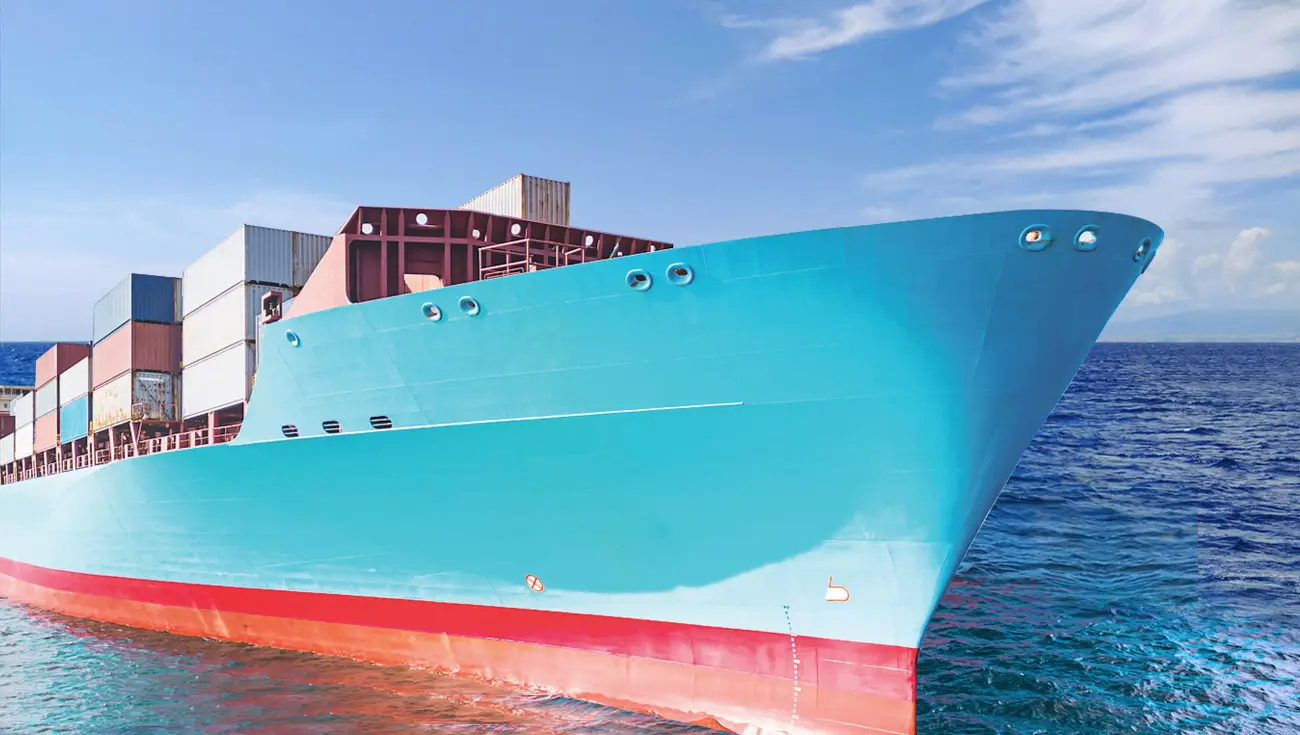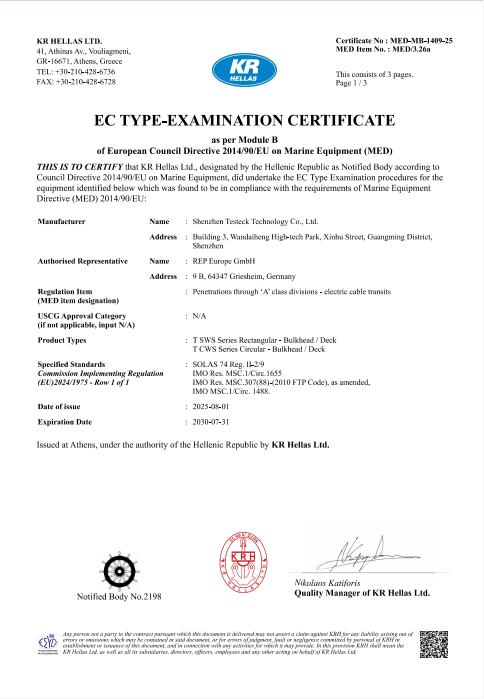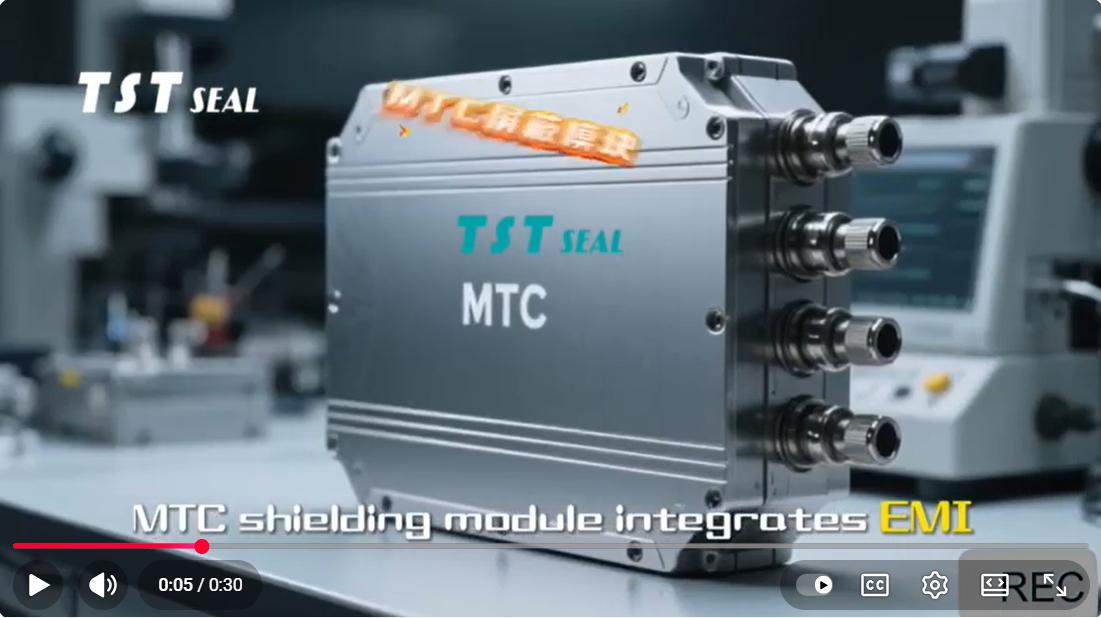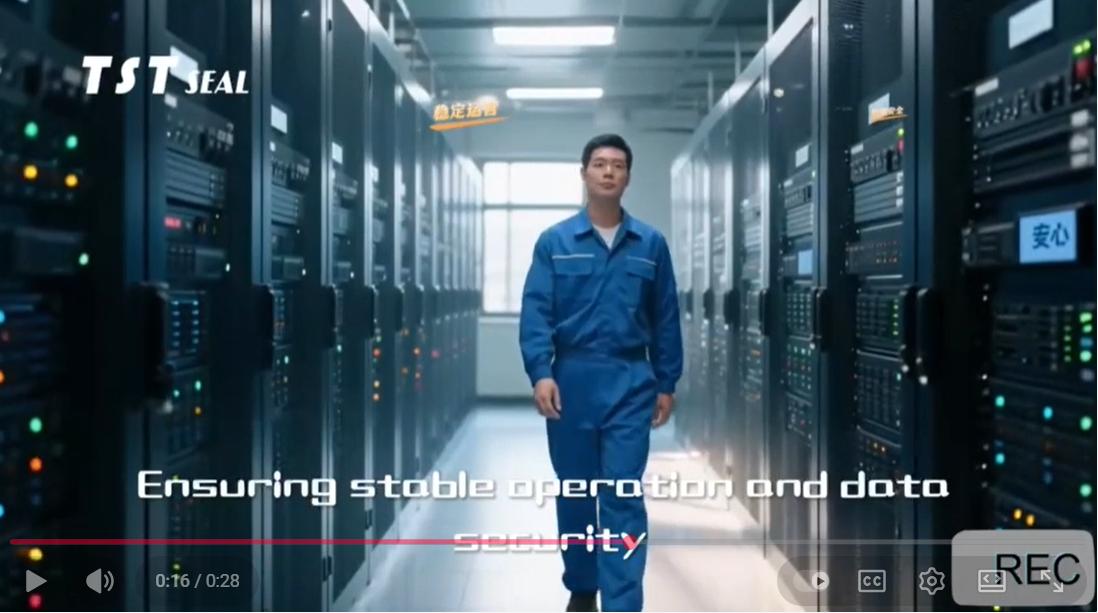
TST Seal :
Fireproof
Cable fixinAg
Watertight
Airtight
Dustproof
Noise reduction
Vibration reduction
Pressure resistance
Corrosion resistance
EMI/EMP
Pest & rodent resistance
TST SEAL INDUSTRY APPLICATION
Sealing module solution for the petrochemical industry Related Certifications

Most of the cables and pipes in the industrial field are sealed and plugged by traditional refractory mud, refractory glue, metal glands, etc. They are very troublesome and cumbersome when facing the installation and removal of cables, and the sealing and fire resistance levels do not meet the requirements, and regular maintenance is required; these problems have always plagued the protective plugging in the industrial field and brought great safety hazards.
TST SEAL can provide non-destructive disassembly and assembly, variable diameter, low smoke halogen-free flame retardant, fire resistance for 2h, IP68 protection, and anti-electromagnetic interference, lightning shock and surge protection. The combination of pipe and sealing module components can be used in any combination.
TST SEAL cable/pipe penetration sealing system (MCT) is used in petrochemical, mining, natural gas, etc. It can seal cables and pipes conveniently and effectively, can prevent fire, and can also resist erosion by multiple risks such as water, gas and rodents.
- Sealing module Petrochemical scene introduction
In the petrochemical industry, including mining and natural gas processing, cable and pipe sealing modules are used to ensure the safety and reliability of electrical equipment, control systems and data transmission lines. These facilities are usually located in areas where there may be explosion risks, corrosive environments or extreme climatic conditions.
- Market pain points
Fire and explosion prevention: There are flammable and explosive gases in the petrochemical environment, and any source of fire may lead to catastrophic consequences.
Corrosion problems: Seawater and salt spray are extremely corrosive to metal parts.
Waterproofing needs: Prevent seawater from invading the cable channel and causing short circuits or other electrical failures.
Temperature changes: The temperature fluctuations in the marine environment are large, requiring sealing materials to adapt to a wide range of operating temperatures.
Mechanical stress: Marine engineering facilities are often impacted by wind and waves and need to have good vibration resistance.
Electromagnetic interference (EMI): For sensitive equipment in data centers and hospitals, external electromagnetic interference must be prevented from affecting normal operation.
Environmental adaptability: Different climatic conditions require sealing materials to have good weather resistance.
Subsequent maintenance difficulties: Traditional sealing methods often cannot meet the needs of future upgrades and renovations.
- Advantages of TST SEAL sealing module solutions:
Product features Using the TST SEAL cable duct sealing system can prevent a variety of risks:
Fire and smoke prevention
Prevent the spread of fire and smoke.
Waterproof Corrosion Resistant
Keep your installation safe and dry.
Prevent moisture, water seepage, flooding and corrosion.
Pests
Keep snakes, insects and rodents out.
Ensure cable retention and strain relief.
Gas and Air
Ensure seal integrity and protect against air and air pressure.
Electromagnetic Threats
Protect against the effects of EMI, EMP and lightning strikes.
High and Low Temperature Resistant Stretch Resistant Radiation Resistant
Temperature Challenges
Handle hot, cold and changing temperature environments
With ultra-strong UV resistance
Explosions
Protect against vibration and blast loads, as well as the risk of explosions.
- The certification standards that the TST SEAL sealing module system complies with include but are not limited to:
UL (Underwriters Laboratories)
IEC (International Electrotechnical Commission)
EN (European Norms), EN45545-2, EN45545-3
GB (Chinese National Standards), GB23864 (2H)
CCCF certification (GB23864)
International Association of Classification Societies (IACS) relevant specifications
ISO 9001 quality management system
DNV GL, LR, BV, CCS, RS, ABS, NK and other classification society certifications
IEC 60092 relevant standards for offshore facility power installations
TST SEAL have undergone rigorous testing and inspection: chemical analysis, aging test, vertical combustion test, acetic acid salt spray test, toxicity test, watertight and airtight performance test, electrical strength test, dust and vibration resistance test, corrosion resistance test, fire retardant performance test, noise resistance performance test, etc.
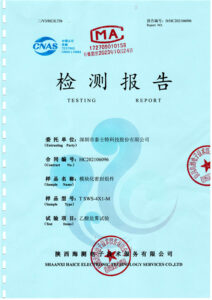
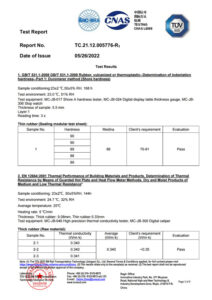
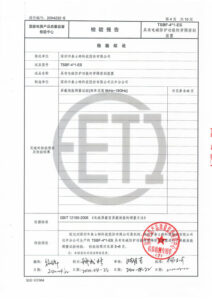
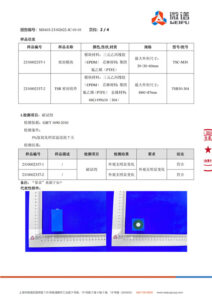
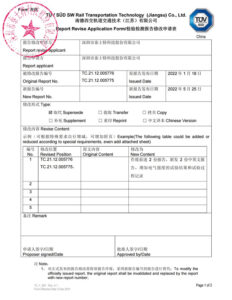
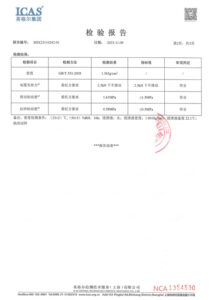
- Sealing module selection guide Select the appropriate sealing module according to the shipbuilding application scenario, considering the following factors:
Specific requirements of the working environment (such as depth, salinity, etc.)
Required protection level (IP level)
Operating temperature range
Whether electromagnetic shielding is required
Installation space restrictions
Cost-effectiveness ratio
- Sealing module product features and product selection recommendations
The sealing modules provided by TST SEAL have the following characteristics:
Use non-toxic and halogen-free EPDM as the substrate
Supports peelable variable diameter technology for easy size adjustment
Provides excellent electromagnetic shielding performance
Modular design, easy to expand and maintain
Recommended products
- TST SEAL sealing module technical testing
Salt spray test
Temperature cycle test
Vibration test
Pressure test
All TST SEAL sealing module products are strictly tested to ensure that they meet the specified fire, water and dust resistance levels and can maintain stable performance under extreme conditions.
- Sealing module installation and commissioning
During installation, the instruction manual provided by the sealing module manufacturer TST SEAL should be followed to ensure that each step is performed correctly. A pressure test is required after the initial installation to verify the sealing effect.
- Case study of sealing module solutions in the infrastructure industry

TST SEAL penetration seal components are widely used in various industries such as ocean, shipbuilding, military industry, medical, infrastructure, rail transit, construction, electricity, oil and gas, and chemical industry.
For example, in the “Exploration No. 3” offshore drilling platform renovation project, a sealing module designed for highly corrosive and potentially explosive environments was used to solve the fire, explosion and corrosion resistance requirements that traditional sealing methods could not meet, and significantly improved the reliability and safety of the entire system. This case proves that the correct selection and application of sealing modules can greatly extend the life of equipment and improve operational safety, while also demonstrating how to effectively manage costs and reduce downtime.
Through the TST SEAL sealing module system solution, a comprehensive sealing module solution can be provided for the petrochemical industry to ensure the long-term safe operation of facilities in complex environments. This not only improves operational efficiency, but also enhances safety and reduces potential risks caused by sealing failure.
More TST SEAL petrochemical sealing module application cases:
“Exploration No. 3” offshore drilling platform renovation project
Sinopec New Victory No. 1 offshore drilling platform project
Hubei Xingfa Chemical Group Co., Ltd. Xinglong Phosphate Mine Project

